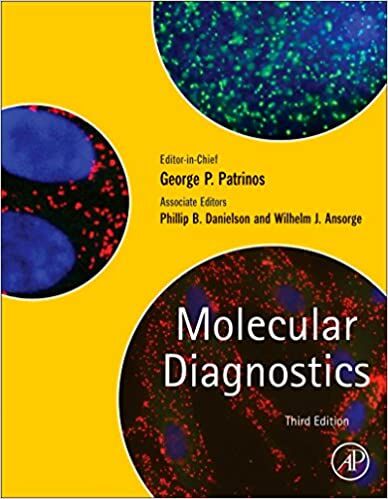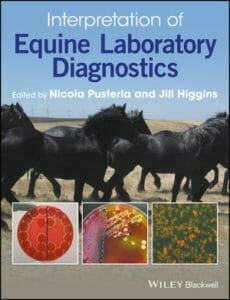Molecular Diagnostics George Patrinos

By George Patrinos, Wilhelm Ansorge and Phillip B. Danielson
Molecular Diagnostics 3rd Edition PDF focuses on the technologies and applications that professionals need to work in, develop, and manage a clinical diagnostic laboratory. Each chapter contains an expert introduction to each subject that is next to technical details and many applications for molecular genetic testing that can be found in comprehensive reference lists at the end of each chapter. Contents are divided into three parts, technologies, application of those technologies, and related issues. The first part is dedicated to the battery of the most widely used molecular pathology techniques. New chapters have been added, including the various new technologies involved in next-generation sequencing (mutation detection, gene expression, etc.), mass spectrometry, and protein-specific methodologies. All revised chapters have been completely updated, to include not only technology innovations, but also novel diagnostic applications. As with previous editions, each of the chapters in this section includes a brief description of the technique followed by examples from the area of expertise from the selected contributor. The second part of the book attempts to integrate previously analyzed technologies into the different aspects of molecular diagnostics, such as identification of genetically modified organisms, stem cells, pharmacogenomics, modern forensic science, molecular microbiology, and genetic diagnosis. Part three focuses on various everyday issues in a diagnostic laboratory, from genetic counseling and related ethical and psychological issues, to safety and quality management.
- Presents a comprehensive account of all new technologies and applications used in clinical diagnostic laboratories
- Explores a wide range of molecular-based tests that are available to assess DNA variation and changes in gene expression
- Offers clear translational presentations by the top molecular pathologists, clinical chemists, and molecular geneticists in the field
This Book is Available For Premium Members Only













![Ettinger’s Textbook of Veterinary Internal Medicine 9th Edition [PDF+Videos] Ettinger’s Textbook of Veterinary Internal Medicine 9th Edition [True PDF+Videos]](https://www.vet-ebooks.com/wp-content/uploads/2024/10/ettingers-textbook-of-veterinary-internal-medicine-9th-edition-100x70.jpg)

![Textbook of Veterinary Diagnostic Radiology 8th Edition [PDF+Videos+Quizzes] Thrall’s Textbook of Veterinary Diagnostic Radiology, 8th edition PDF](https://www.vet-ebooks.com/wp-content/uploads/2019/09/textbook-of-veterinary-diagnostic-radiology-8th-edition-100x70.jpg)






